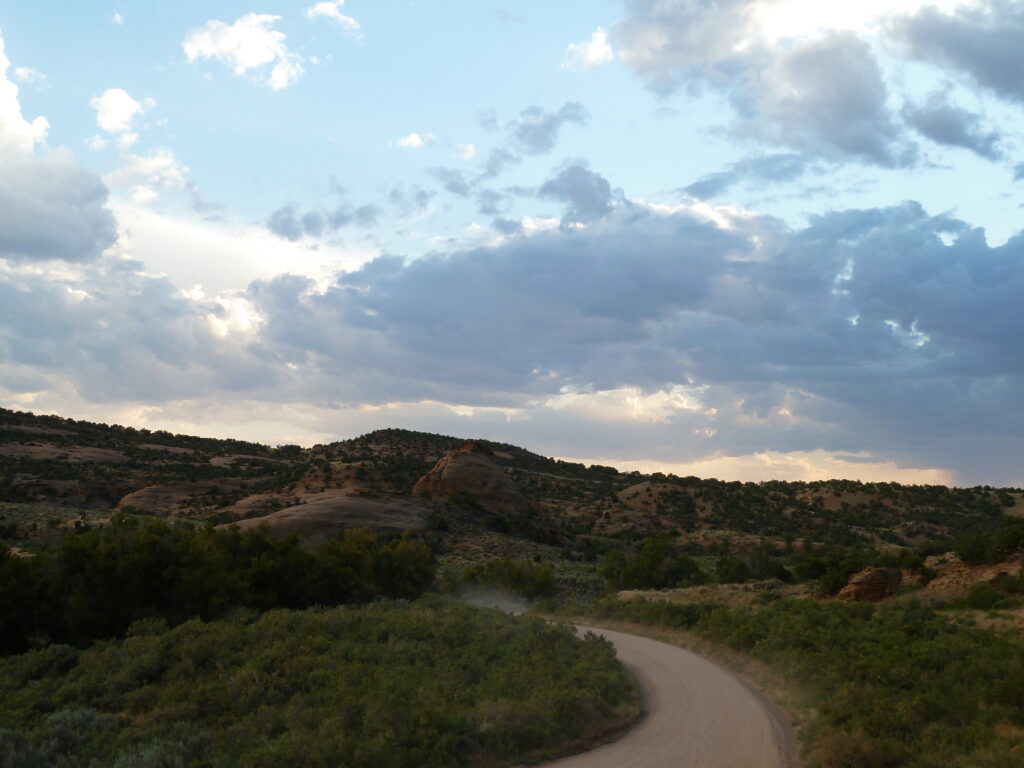This year, our most popular stories were an interesting mix of old and new, with readers gaining inspiration from the past, while also planning for the future. The early months of 2021 were marked by a tentative optimism. The new administration in Washington, D.C. signaled a strong commitment to conservation by announcing support for the 30 x 30 initiative, and the President’s Budget proposal promised big new investments in climate change mitigation, as well as enhanced funding for land management agencies struggling to recover from years of budget cuts. However, as the calendar turned to fall and winter, at least some of the hope had given way to frustration. Gridlock in Congress stymied progress, and details on 30 x 30 remain limited. What will 2022 hold?

Top Stories of 2021
- Looking Back on Landscape Conservation – A full history of the landscape scale conservation movement has yet to be written. However, in the United States, there has been a long tradition of managing fish and wildlife habitat with the understanding that species preservation required the conservation of the wider ecosystem. States have worked for decades to manage fish and wildlife within their borders and the U.S. Fish and Wildlife Service focused early on in preserving refuges for migrating and breeding populations of wildlife.
- The Opportunity of a Lifetime for Landscape Scale Conservation – This is an exceptional time when ambitions for landscape scale conservation have come together with increased federal funding and supportive national policies. However, it is not time to take a victory lap. Now is the time to rise to the challenge of matching money, projects and partners to take advantage of these exceptional opportunities. The time has come to put into action at scale all the strategies developed by the collaborative conservation approach.
- FY 2022 Federal Budget Notes – Passage of the Fiscal Year 2022 budget is stalled in Congress. What are some items we are watching as the process unfolds this fall and what thoughts do you have on the administration’s proposals?
- Ideas to Reach the Goals of 30 x 30 – In January 2021, the Biden administration announced a plan to protect 30 percent of the country’s land and water by 2030. The effort, which is global in scale, has been dubbed 30×30. History, especially the recent past, can offer some promising lessons to help guide the new campaign.
- Telling the Stories of Landscapes Through Labor History – History and heritage are central to the work of large landscape conservation. Yet, a large part of this “work” often goes unexplored – the story of work itself. Understanding how people shaped a place through their labor and how that place, in turn, shaped culture and community, is key to telling the story of a landscape over time.
- Half Earth and 30×30 – Large Landscape Ideas Take Hold – How much of our planet needs to be protected to conserve its biodiversity? Renowned biologist, naturalist, and author E.O. Wilson proposes saving half the planet. He argues it is the amount required to save 80 percent of the world’s species. More recently a global scientific consensus has emerged around a more specific formula – to conserve 30 percent of the planet’s lands and waters by 2030.
- Management at Pimachiowin Aki: A Three-Pronged Approach – Spanning two Canadian provinces, Pimachiowin Aki was inscribed on the UNESCO World Heritage List in 2018. What is most noteworthy about the site is its innovative management approach that stems from a joint understanding of nature and culture via a bottom-up partnership between four Anishinaabe First Nations communities and provincial government representatives.
- The Value of the George Wright Society Conference – The events of the past year, along with the ongoing crisis of global climate change, all underscore the need for a robust system of protected areas that can serve as sites of dialogue, research, and rejuvenation. But how do we ensure that these sites, which vary tremendously in their scale and their approaches to land management, remain connected to one another? What mechanisms can be put in place to facilitate knowledge exchange among staff, partners, and volunteers? And how can we continue to bridge the artificial divides of science / humanities and nature / culture that (still) remain so pervasive?
- The National Heritage Areas Act: Now is the Time – The first National Heritage Area was designated in 1984 and today there 55 areas showcasing the nation’s rich cultural and natural resources. But while evaluations and lived experience show the success of the idea, official acknowledgement of NHAs as part of the park service family has not been achieved despite years of advocacy. Read here why now is the time to recognize NHAs as a legislatively authorized component part of the National Park Service.
- The Next Four Years: Trends in Landscape Scale Conservation – The conservation community is awash with lists of what the new administration needs to do to reduce if not reverse the damage of the last four years. So, what are the trends that might impact landscape scale work and what should be considered as go forward?


